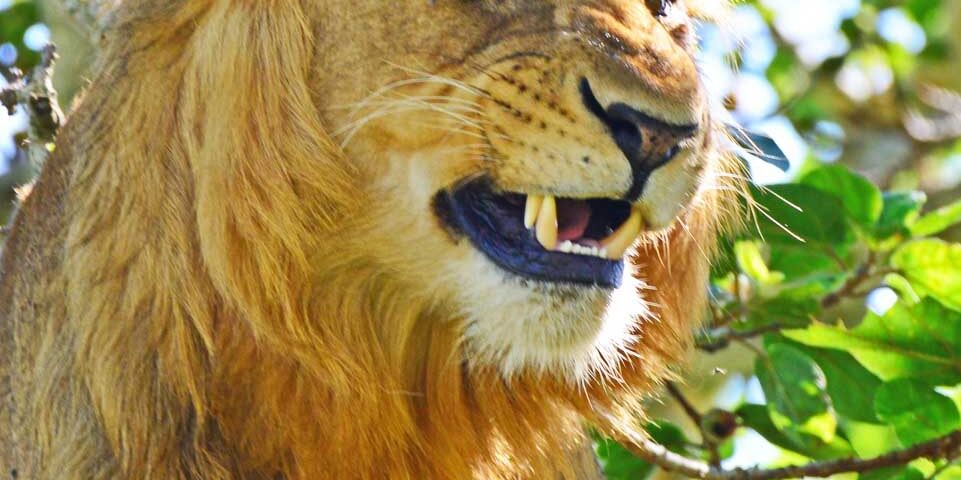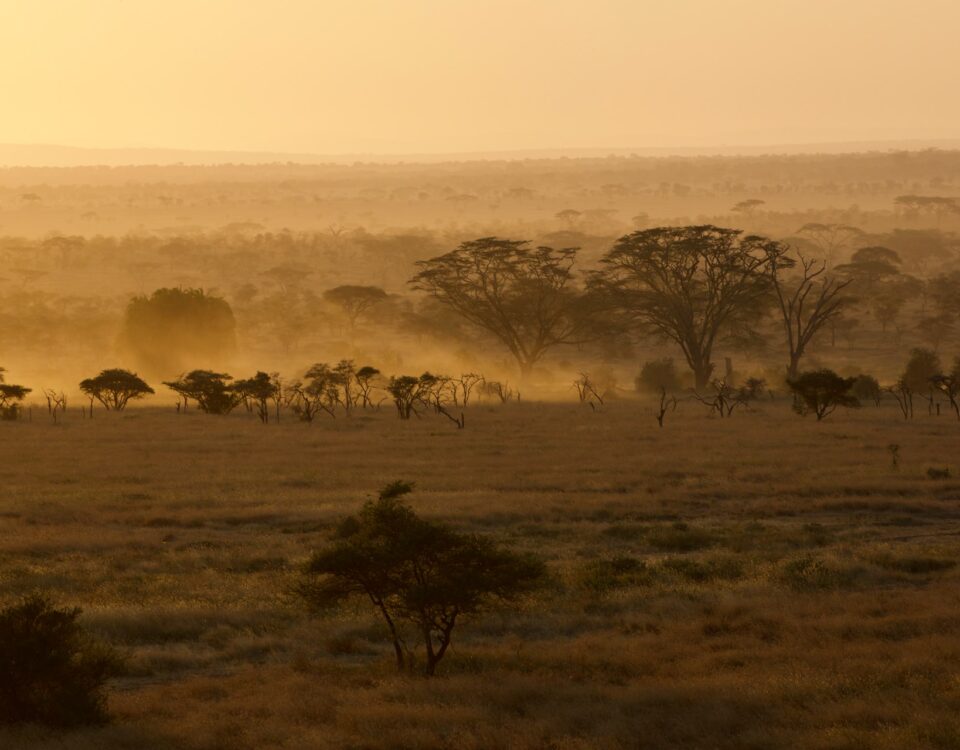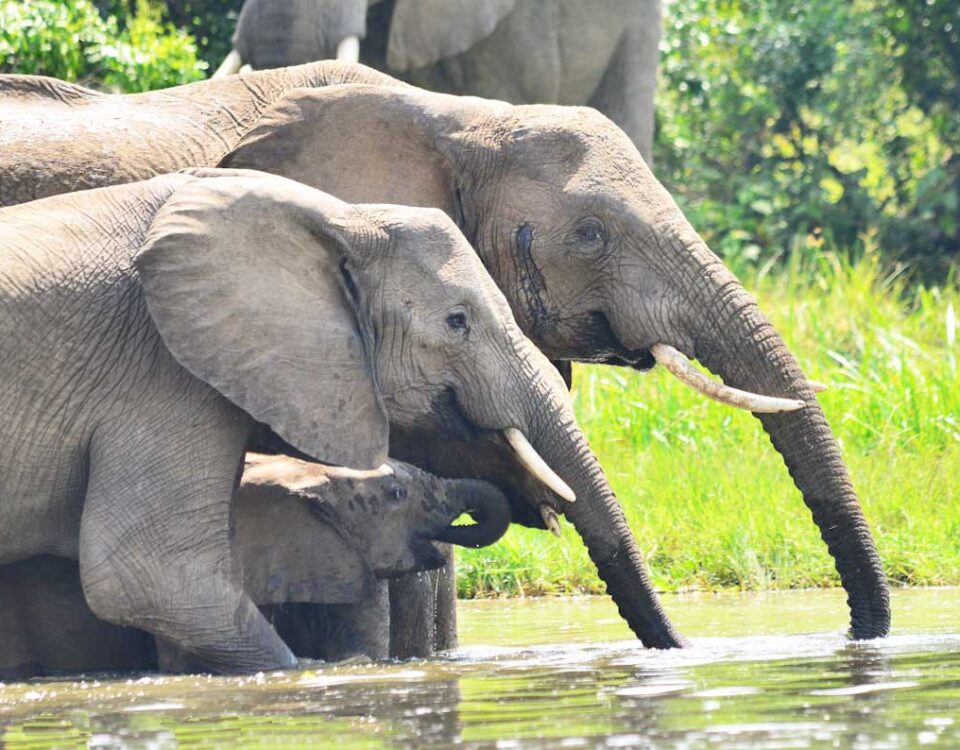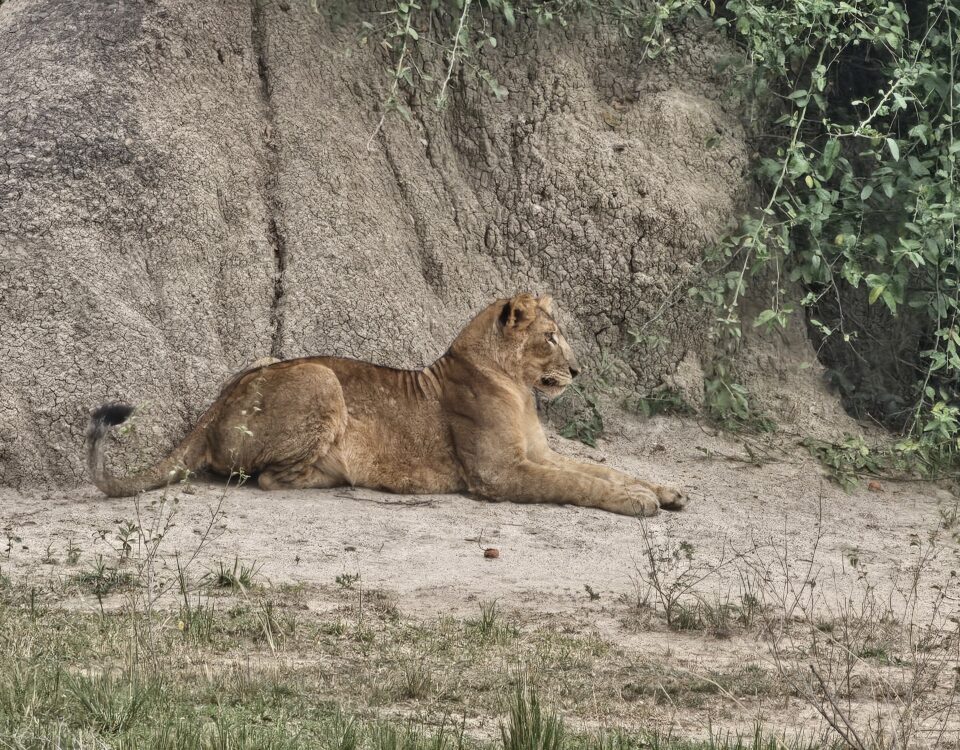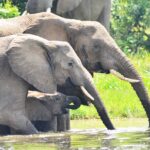
What is Queen Elizabeth National Park Known For?
April 2, 2025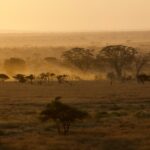
Can You Go Gorilla Trekking from Tanzania Game Drive?
April 23, 2025How Big is Queen Elizabeth National Park?
Queen Elizabeth National Park, one of Uganda’s most renowned conservation areas, spans an impressive 1,978 square kilometers (763 square miles). This vast area, located in the western part of the country, covers a variety of landscapes, including savannah, wetlands, tropical forests, and volcanic craters. The park’s expansive size allows it to accommodate a rich diversity of wildlife and diverse ecosystems, making it one of Uganda’s top wildlife safari destinations. Its size contributes to its ecological importance, serving as a key habitat for many animal species and a sanctuary for over 600 bird species. Visitors to the park can experience the diversity of its habitats, each of which supports different wildlife and offers unique scenic views. Queen Elizabeth National Park’s considerable size ensures that visitors can enjoy an extensive and varied wildlife experience, from open plains and dense forests to craggy volcanic landscapes and tranquil waterways.
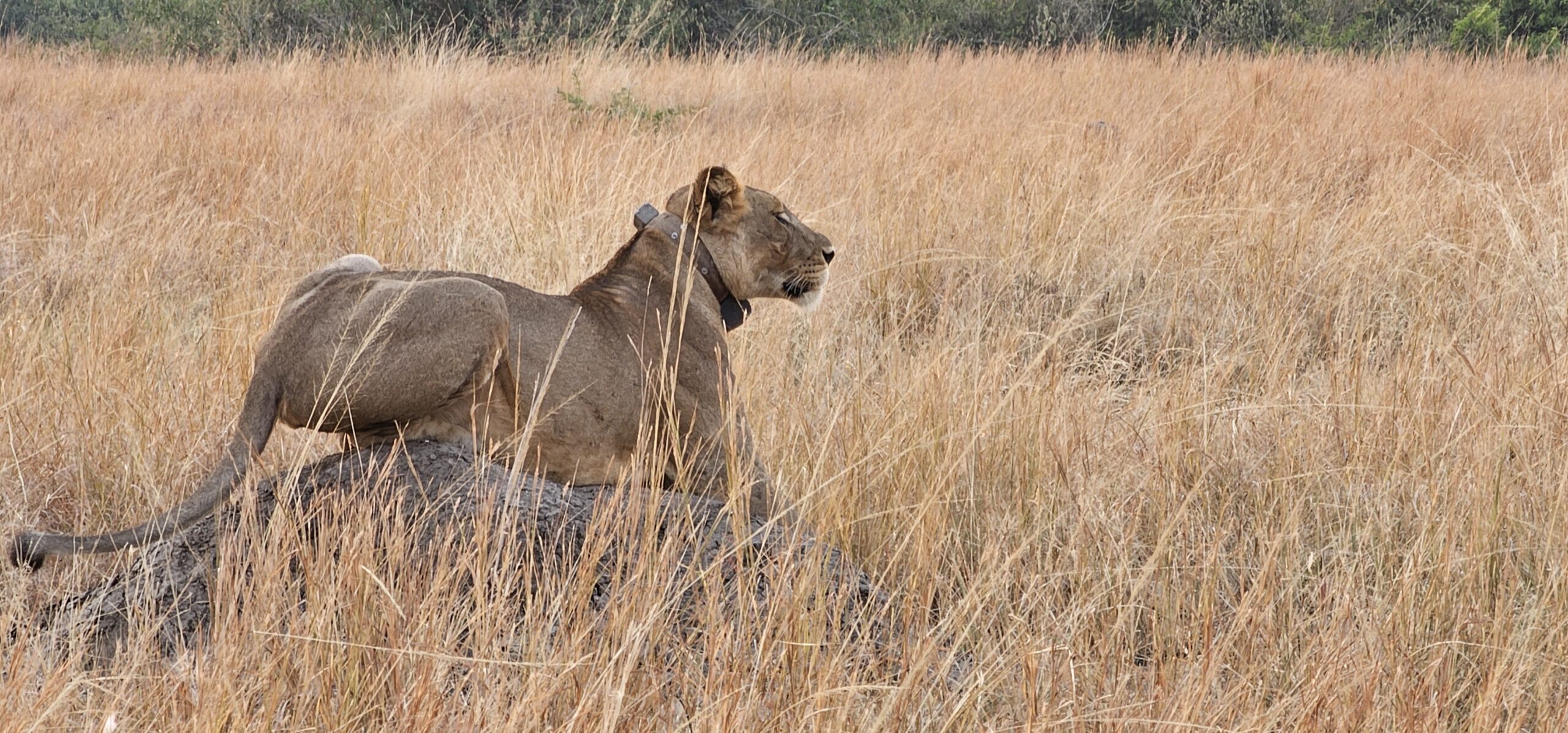
How Big is Queen Elizabeth National Park?
The Vast Ecosystems within Queen Elizabeth National Park
One of the key reasons for Queen Elizabeth National Park’s biodiversity is its enormous size. The park is divided into multiple ecosystems, each providing distinct habitats for different species. In the southern sector, the Ishasha region is famous for its tree-climbing lions, which are a rare sight in other parts of the world. These lions have adapted to the environment by climbing trees, a behavior believed to be a strategy to avoid insect pests and spot prey from a higher vantage point. This unique behavior has made Ishasha a popular destination for wildlife enthusiasts visiting the park.
In contrast, the northern part of the park features more open savannahs, which support a variety of grazing herbivores, including elephants, buffaloes, and Uganda kobs. The marshlands of the Kazinga Channel, which runs through the park, offer a different set of wildlife, including large concentrations of hippos, crocodiles, and an impressive array of bird species. The sheer size of the park ensures that these different ecosystems can thrive side by side, making it a haven for nature lovers and those seeking an authentic wildlife experience in Uganda.
Volcanic Features and Scenic Beauty
Another fascinating aspect of Queen Elizabeth National Park’s considerable size is the presence of ancient volcanic craters scattered across the landscape. These craters, which were formed by volcanic activity thousands of years ago, add a distinct geological feature to the park. Some of the craters have created small crater lakes, which are not only visually stunning but also attract a wide variety of wildlife. The park’s volcanic features offer a rare opportunity for visitors to explore the remnants of ancient volcanic activity while also enjoying panoramic views of the surrounding wilderness.
The presence of these craters, combined with the park’s diverse ecosystems, provides a variety of landscapes for tourists to enjoy. Visitors can take scenic drives through the park, including the famous crater drive, which offers spectacular views of the volcanic craters, lush forests, and savannahs. These drives highlight the park’s vastness and its ability to offer an ever-changing landscape that captivates photographers, nature lovers, and adventure seekers alike. Queen Elizabeth National Park’s extensive area and natural features make it one of Uganda’s most scenic and diverse national parks.
Wildlife Diversity Across a Large Area
Queen Elizabeth National Park’s large size also allows it to support an extensive range of wildlife. The park is home to over 95 mammal species, including some of Africa’s most iconic animals such as elephants, lions, leopards, and buffaloes. Its size ensures that these animals have ample space to roam and interact in their natural habitats. Game drives through the park offer the chance to see these animals in their natural surroundings, with opportunities for both large predator and herbivore sightings.
The park’s wide variety of habitats means that different species of wildlife can be found in different parts of the park. For example, the wetlands and water bodies, such as Lake Edward and the Kazinga Channel, are teeming with hippos, crocodiles, and numerous species of birds. Birdwatchers can delight in spotting some of the 600 bird species that inhabit the park, including the colorful African fish eagle, the grey crowned crane, and a variety of migratory birds. The diversity of wildlife in Queen Elizabeth National Park is a direct result of its size, which allows for the preservation of multiple ecosystems and supports a broad range of species.
Easy Access to Gorilla Trekking in Bwindi Impenetrable Forest
While Queen Elizabeth National Park is known for its diverse wildlife and large size, its proximity to other natural wonders is another significant feature. One of the most popular activities that visitors to Queen Elizabeth National Park often combine with their safari is gorilla trekking in the nearby Bwindi Impenetrable Forest. Bwindi, located just a few hours’ drive from Queen Elizabeth National Park, is home to over half of the world’s remaining mountain gorillas, making it a prime destination for gorilla trekking safaris.
Travelers visiting Queen Elizabeth can easily extend their safari to Bwindi Impenetrable Forest, offering them a rare opportunity to see both Uganda’s savannah wildlife and its endangered mountain gorillas. The journey between the two parks is a scenic one, and visitors can enjoy the changing landscapes as they travel through the lush forests, villages, and farmland on the way to Bwindi.
Once in Bwindi, trekkers embark on a thrilling hike through the dense forest, guided by expert trackers, to find one of the habituated gorilla families. The experience of coming face-to-face with a mountain gorilla in its natural environment is an unforgettable one. Spending time with these gentle giants, observing their social behavior, and capturing the moment in photos is one of the most rewarding experiences for wildlife enthusiasts.
Gorilla Trekking Safari Experience from Queen Elizabeth National Park
A typical gorilla trekking experience from Queen Elizabeth National Park begins with an early morning departure, often following a safari game drive in the park. Visitors typically stay overnight at one of the lodges near Queen Elizabeth before embarking on the trek. After a scenic drive, visitors arrive at Bwindi, where they are briefed on the dos and don’ts of trekking. The trek itself can last anywhere from 1 to 6 hours, depending on the location of the gorilla family. The trail can be steep and challenging, requiring a moderate level of fitness, but the reward of seeing the gorillas is well worth the effort.
Once trekkers reach the gorilla family, they are allowed a set amount of time to observe the gorillas. During this time, the group will see the gorillas interacting, grooming, playing, or even resting. The experience is humbling and awe-inspiring, as the trekkers are able to witness firsthand the behavior of one of the world’s most endangered species. The trek offers a chance to learn about the importance of conservation efforts to protect the gorillas and their habitat, making it not only an exciting adventure but also an educational experience.
Conservation Efforts and the Role of Queen Elizabeth National Park
Queen Elizabeth National Park plays a vital role in the conservation of Uganda’s wildlife, including efforts to protect the endangered species found in the park. Conservation initiatives, such as community engagement and sustainable tourism, help ensure that the park’s ecosystems remain healthy and that its wildlife populations are maintained. The park’s extensive size allows for better management of the various habitats within it, ensuring that animals can thrive in their natural environments.
In addition to its local conservation efforts, Queen Elizabeth National Park’s size is important in terms of its role in broader regional conservation strategies. As part of the larger protected areas system, including Bwindi Impenetrable Forest, the park contributes to the preservation of biodiversity across Uganda and the greater East African region. The combination of these protected areas forms a vital wildlife corridor, supporting species migration and genetic diversity.
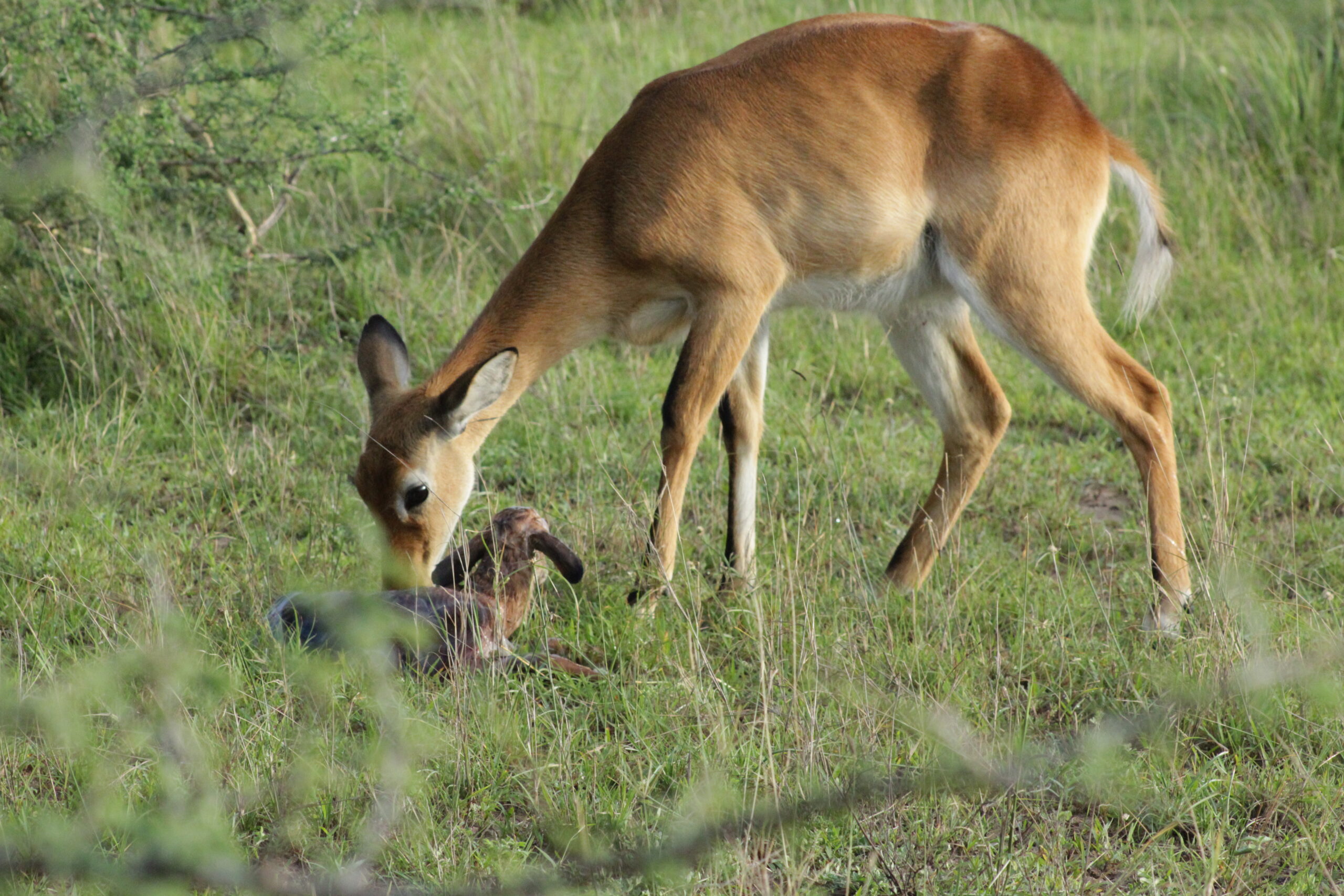
What is Queen Elizabeth National Park Known For?
Conclusion
Queen Elizabeth National Park is a vast and diverse conservation area, covering 1,978 square kilometers of rich habitats that support an incredible array of wildlife. Its size, combined with its varied ecosystems and proximity to other iconic destinations like Bwindi Impenetrable Forest, makes it one of Uganda’s most important and popular parks. Whether visitors are enjoying a safari game drive, a boat cruise along the Kazinga Channel, or a thrilling gorilla trekking experience, Queen Elizabeth National Park offers something for every type of traveler. The park’s size and ecological richness provide an unforgettable wildlife adventure, while also playing a key role in the ongoing conservation of Uganda’s natural heritage.


